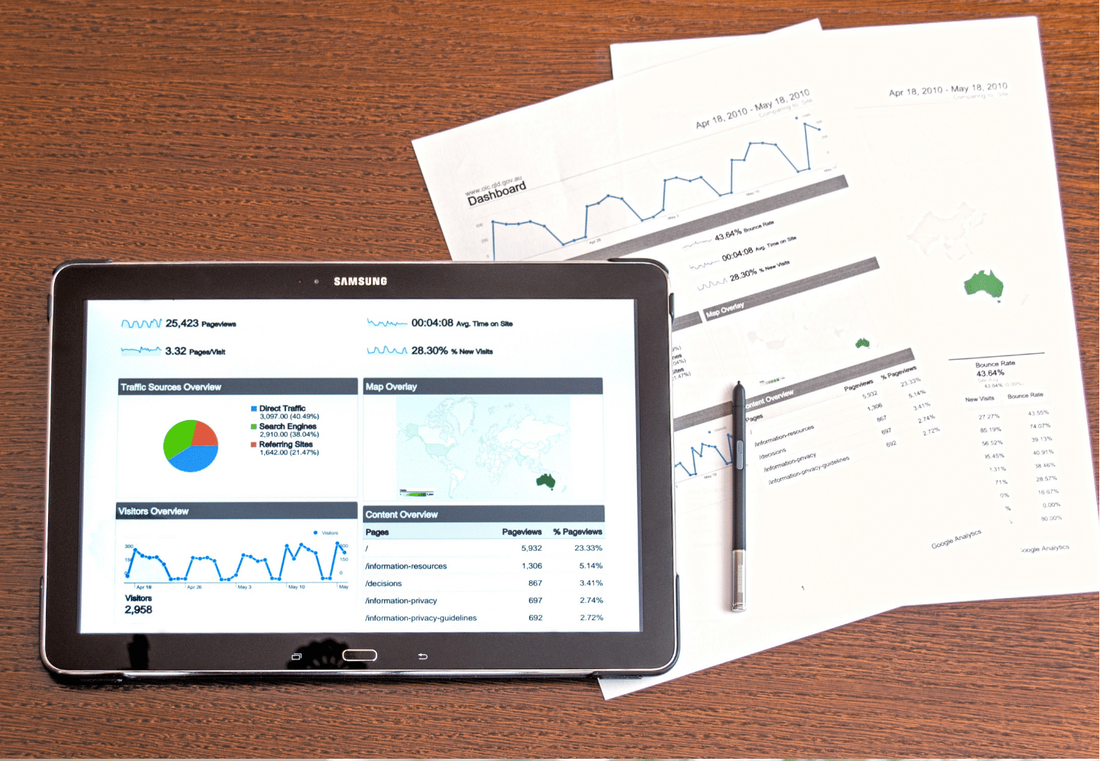Creating Content With Neurodiversity In Mind
What Is Neurodiversity?
Neurodiversity is the naturally occurring variation in brain structure and chemistry that creates different ways of thinking and acting. Particularly, it refers to Attention Deficit Hyperactivity Disorder (ADHD), Autism Spectrum Disorder (ASD), Dyslexia, and Dyspraxia. These disorders (and others like them) do not impede overall brain function but instead change how a person thinks.
People with neurodiverse conditions can be a huge benefit to your organization, but only if your content reaches and resonates with how their brains function.
For example, someone with ADHD may hyper-focus on what interests them and struggle to pay attention to something less interesting (even if it’s important, like submitting a report on time). People with ADHD are often subject-matter experts who respond to exciting content that gets to the point quickly.
Why Create Content with Neurodiversity in Mind?
The short answer? The odds are that you’re already creating content for a neurodiverse audience without realizing it. For example, scientists estimate that between 30% and 40% of the UK’s population are neurodiverse.
To communicate effectively with your audience, whether they are neurodiverse or not, you have to consider the different ways in which human brains work.
Luckily, the strategies for accommodating neurodiversity and the best practices for creating engaging content overlap! Meaning, if you create with neurodiversity in mind, you’ll end up with stronger, more effective content for everyone.
4 Ways to Create Content for a Neurodiverse Audience
1. Include a Strong and Succinct Overview
If you create long-form content or the subject is particularly dense, you need to have a compelling and concise overview that conveys all the most important information upfront. Overviews help capture the attention of an audience that does not have the time or focus to digest all the details at once.
2. Provide Options for Going More In-Depth
Once you have a concise overview, some audiences will want to learn more. Throughout your materials, offer ways for the audience to dig deeper into each topic by adding hyperlinks, “learn more” pop-ups, appendices, or explainer videos.
3. Use a Visually Appealing Structure
Large blocks of text and long paragraphs may have earned you extra points in high school English, but they are a poor way to communicate, especially with a neurodiverse audience. Using headlines, bulleted lists, charts/graphs, and short paragraphs help everyone understand the information at-a-glance and focus on the parts most relevant to them.
4. Mix and Match Media
Add images, graphs, videos, and other forms of media into all materials. Multimedia allows your audience to approach the information in the way that works best for them.
For example, someone with dyslexia may struggle with text-based materials, so it’s important to offer audio or video options and ensure text-based content is screen-reader compatible.
Plus, providing information in multiple formats also increases the repetition of the key points, increasing retention.
Learn More About Your Audiences and Get Started!
Creating inclusive content starts with educating yourself and your teams about neurodiversity; the resources below are just a starting point.
If you’d like help ensuring that your style guides and content follow best practices, contact us, or check out this post: 3 Secrets to Creating Memorable Content.
Additional Resources on Neurodiversity:
What Is Neurodiversity? by Keri Wiginton – Article on WebMD with more details about neurodiversity.
Exceptional Individuals – Provides consulting, recruitment, and employment support to employers and individuals with dyslexia, dyspraxia, ADHD, and autism.
Neurodiversity as a Competitive Advantage by Robert D. Austin and Gary P. Pisano – Harvard Business Review article on how Neurodiversity can be a competitive advantage in the marketplace.
ADDitude Magazine – Online magazine focusing on ADHD.
Autistic Self Advocacy Network – Autism advocacy group run by and for autistic people.
International Dyslexia Association – Organization working to create a future for all individuals who struggle with dyslexia and other related reading differences.






